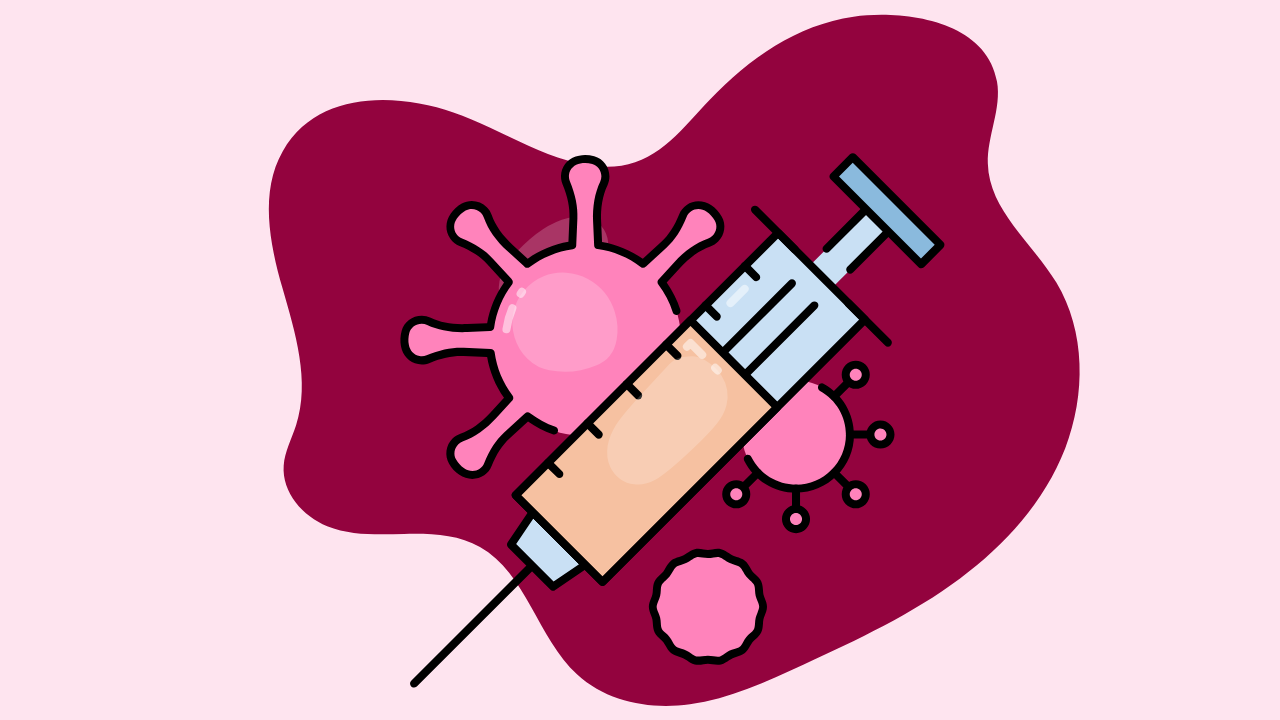Breast Cancer Doesn't Wait for Insurance Guidelines

Breast cancer does not consult your birth date, pause for paperwork or wait until your insurance plan says you are eligible. Yet across the United States, age 40 has become the default entry point for screening, not because risk begins there but because most insurance providers start covering mammograms at that age.
According to the American College of Radiology, beginning annual mammography screening at 40 offers the highest reduction in breast cancer mortality and women who are screened each year are significantly more likely to catch tumors when they are smaller, more localized and more treatable. These women often require less invasive surgery, are more responsive to therapy and experience better outcomes overall. However, the disease does not align itself with insurance coverage and many women are diagnosed years before they are eligible for a screening mammogram.
Delaying the start of screening until age 45 or 50 leads to later-stage diagnoses and unnecessary loss of life, especially among women of color. According to the ACR, one-third of breast cancers in Black, Asian and Hispanic women are diagnosed before age 50, which means that current coverage models create disproportionate consequences for populations already facing systemic barriers to care. When diagnosis is delayed, treatment becomes more complex, less effective and far more costly both physically and emotionally.
While mammography remains the gold standard for early detection, it is not the only tool women should rely on, particularly if they are too young to qualify for screening or live in areas with limited access to imaging. Self-exams are not meant to replace clinical detection but they serve a critical role in helping women become familiar with their bodies, recognize when something feels unfamiliar and advocate for themselves with confidence.
According to the ACR, tumors detected through mammography are associated with significantly better survival rates yet that benefit extends beyond technology and into behavior. Women who stay informed, monitor their health consistently and pursue screening early tend to experience better outcomes than those who are reactive rather than proactive.
The ACR also recommends that all women undergo a formal risk assessment by age 30 in order to identify those who may benefit from earlier or more frequent screening. Despite the importance of this step, many women are never given the opportunity to assess their risk, leaving them unaware of family history, genetic predispositions or dense breast tissue that could change their care plans entirely.
Self-exams remain one of the most accessible and underutilized forms of early detection. They are free, take only a few minutes to perform and require no specialized equipment or provider referral. While they cannot replace mammography, they build a personal connection to one’s health, encourage routine awareness and allow women to bring clarity to conversations with their care team.
Being under 40 does not eliminate your risk and being over 74 does not mean your risk has ended. Breast cancer can develop at any age and limiting access to life-saving screening based on a calendar milestone ignores both the biology of the disease and the diversity of women’s lives.
At Feel For Your Life, we believe early detection should begin with knowledge rather than insurance eligibility. Our app teaches women how to perform effective self-exams, provides tools for tracking changes over time and helps establish consistent habits that support breast health long before a mammogram is available and long after the system says it is no longer necessary.
According to the ACR, the timing of detection makes the greatest difference in survival. According to your body, the right time to start paying attention is now.







